8 Signs Baby Will Have Curly Hair In The Future
Some babies can have curly hair right from the start, while some don’t show obvious signs of curly hair. If you are wondering what the texture and pattern of your baby’s hair are, there are some evident signs that you can observe. These signs can give you a brief idea of what kind of hair your baby might have in the future.
To know if your baby can have curly hair, look out for these signs – say, if the hair curls up after drying, the original pattern, volume of the hair, the influence of genes, effects of the environment, etc.
If you are a new parent, your enthusiasm about every detail of your child’s life is quite understandable. If you want to find out about the signs baby will have curly hair, then read this article. Also, here I will explain if a baby born with straight hair can turn into other hair types later. So, to enlighten yourself more, please read the entire article.
8 Signs Baby Will Have Curly Hair
Some people adore curly hair, while some hate it. Some parents are bothered about what kind of hair the kid will have. That is to say, whether it will be straight like mommy or curly like daddy!
However, there are some signs that can predict the nature of your baby’s hair. Nevertheless, not all of these signs are in your hand. Some of these can be modified, and some are unchangeable. Here, I will discuss some of the eight earliest signs indicating that a baby will have curly hair. So, read the next part to find out in detail!
1. The Myth Of The Old Wives’ Tale
There is a myth commonly known as the Old Wives’ Tale. It was said that women who had heartburn during pregnancy gave birth to babies with curly hair. However, later on, it was found that the old wife was not wrong for real.
A report conducted at the John Hopkins Institute stated that the myth might be true. That is to say, the old wife, whenever she had heartburn, some hormones were released in her body. These hormones caused chemical changes, which ultimately caused the baby’s hair to change.
These hormones had a role in the growth of the baby’s hair. The same hormones are responsible for causing heartburn and increasing gastric acid secretion. So, even though a myth, if you have severe acidity issues during pregnancy, your child may have curly hair in the future!
2. Genetic Makeup
DNA and RNA are responsible for all traits we possess. The 46 chromosomes that make up our genetic sequence determine every personality and physical trait we own. Among these 46 chromosomes, 23 pairs are inherited from the mother and the other 23 come from the father.
These chromosomes are what bear the traits we inherit. The smallest part of a chromosome is a gene that transmits genetic information from generation to generation.
Within the base sequences of each gene lies the information about what kind of hair pattern we bear, the texture of the hair strands, whether you have frizzy hair or smooth, silky hair, etc.
In most cases, the father gene stands dominant over the genes inherited from the mother. Also, curly hair is more dominant than straight hair. So, even if one parent has curly hair, there is a good chance the baby will have curly hair too!
However, you don’t have a say in which genes the child will get. If children inherit the curly gene is dominant, that character will be instilled in them,
On the other hand, even if both the father and the mother have straight hair, there is a good chance that one or two out of four children can have curly hair. One will be purely recessive, that is, strictly curly.
So, genetic makeup plays a more significant role in what kind of hair your baby will get. If you and your partner have straight hair, the chances are good that your baby will have straight hair! But if you are a curly lover, don’t be sad; who knows, your next baby may turn up to be one!
3. Baby Has Frizzy Hair
If the baby has frizzy hair from the start, the baby will ultimately have curly hair. The frizzy locks on the scalp are the rootlets of the future curly hair. Babies look super cute with these frizzy locks and curly hair!
In fact, by the age of one and a half years, most babies start to grow curly hair. You can style frizzy hair in many ways as well. Nowadays, curly or frizzy hair with a pony is trendy among kids’ grooming. Even the little boys look adorable with frizzy curls!
4. Has A Huge Volume Of Hair
In this case, if you notice from the beginning that your infant has a very thick and dense scalp, then good news! There are good chances of having curly hair in the future! From the start, babies with curls tend to have a massive volume of hair! And when the hair starts to grow, the fluffiness and the waviness make it look even more voluminous.
Often, most parents notice in this scenario that they find it extremely difficult to tie their kid’s hair. Or even if it isn’t easy to do it or comb it. Also, the hair tends to be thicker than usual.
Naturally, curly hair looks more fluffy and voluminous than straight hair. If you do not understand this, compare two people in front of you! So, this could be one of the earliest vital signs.
5. Role Of Climate
This can sound silly, I know. But only those who suffered from this understand this well. The climate of a place has a very significant impact on the texture of anyone’s hair. Usually, people who live in temperate or hot areas with excessive humidity tend to have more frizzy hair.
It is because curly hair tends to retain moisture. The water-retaining capacity makes curly hair more voluminous and frizzy.
Furthermore, humidity can influence the quality of hair. So, in areas where it rains a lot, people often complain that their hair turns frizzy whenever it rains. On the other hand, people living in dry and cold regions report that their hair is mostly dry and straight.
So, babies living in warmer areas have a higher possibility of having curly hair. However, babies in colder areas are unlikely to have frizzy or curly hair; because it is not just the climate or environmental factors that decide hair quality. Several other factors affect the texture and pattern of a baby’s hair.
6. Hair Styling Is Difficult
With straight hair, detangling is easier, and styling the hair. Shape it however you want! You can do braids, ponytails, updos, messy buns, etc.! Even parting the sides is far easier in the case of straight hair than curly ones.
However, it is sometimes hard for babies with curly hair to detangle or style it differently. They have huge volumes because their hair is always in a fluffy mess! So, if you are having a hard time doing your kid’s hair, maybe these are the early signs of having curly hair in the future.
Also, messy buns can look good for baby boys with curly hair. And it is quite fashionable now. Let your child’s hair grow longer. Only this way will you be able to find out if they will have curly or straight hair.
7. If The Hair Dries Up In A Curl
Sometimes, your baby’s hair can look straight or slightly wavy in apparent view. In this case, it might be challenging to find out whether it is straight or curly, or wavy. So, what you can do here is observe the hair after it is wet.
After you bathe your baby, observe when the hair is wet and when it starts to dry up. If the hair strands dry up, making a loop pattern or even becoming bent at the end, your baby has curly hair. But if the strands remain straight or as it is, it has straight hair.
The actual pattern of the baby’s hair can be understood when it is wet. Dry hair can assume different forms in different situations. But damp hair remains ideally in its original form when it is wet. So, take notes when you bathe the baby!
8. Shape Of Hair Follicles
The first manifestation of a hair strand is the follicle from which it starts to grow. Sometimes, it is hard to observe the shape of hair follicles with naked eyes. However, it doesn’t require an expert to do the job.
You can observe and understand yourself. If the follicles are oval or elliptical, the baby will grow curly hair in the future. On the other hand, round follicles always give rise to straight hair.
In addition, the hair follicles that are midway between oval or round can produce wavy hair. Wavy hair is hair that is neither straight nor curly, somewhere in between. So, try to observe the shape of the follicles; they might provide you with some clues!
Tips To Maintain Loose Baby Curls
If your baby has already shown the signs mentioned above, there is a reasonable probability that your child will have curly hair in the future. So, there are some things on your part that you can do to maintain the curls.
Do not do anything that stops the curls from growing. Do not brush the curls too harshly away. It is better never to brush or comb wet hair. It also causes hair fall. Besides, you don’t need to wash the baby’s hair with shampoo every day.
Furthermore, you can use baby hair oil or conditioners to keep the hair healthy. Also, occasional trimmings help maintain hair’s shape, size, and uniformity. It also facilitates the growth of hair in the future. Because if you cut the uneven edges, it will make sure the future hair outgrowths are always even and uniform.
Do not be harsh whenever you brush or comb if there are more tangles. Try to work it out slowly and gently—Detangle with love. Do not uproot any hair while detangling.
In addition, make sure you always pat dry or dry the hair with a microfiber towel. The microfiber works very gently on the hair and the surface without disrupting any hair protein. Do not be harsh on your baby’s hair. Take great care, and your baby can have beautiful curls in the future!
Can Babies Born With Straight Hair Turn Curly?
Yes, babies born with straight hair can turn curly at any time of their life if they have the gene within them. Sometimes, some genes take time to express or express only under specific conditions.
Naturally, a baby born with straight hair tends to remain straight for most of his life. Changes in the texture or pattern occur, but very rarely. However, if the baby has straight hair now, it is not a given that the baby will have straight hair for life long.
Some apparent, evident stimuli and environmental factors decide your baby’s hair outcome. As discussed above, the weather and climate of an area, the shape of hair follicles, and the thickness and volume profoundly impact baby hair’s pattern or texture.
Sometimes, the genes have a dormant effect of keeping the curls latent. So, the straight nature is expressed first. But under favorable conditions, when appropriate stimuli are given, the curls start to express slowly.
At one point, the baby’s hair turns curly. It may take some time to occur. However, it doesn’t occur overnight. It might take days or years. But very rarely, babies with curly hair tend to go back to straight or develop straight hair suddenly.
It happens because curly hair has incomplete dominance over straight hair. If it were completely dominant, then only curls would have prevailed throughout. Incomplete dominance allows for a change in the form of your baby’s hair. It will decide what kind of hair your baby will get in the future.
So, it is not unlikely that your baby’s hair pattern may change in the future. Although it is rare, yeah, it can happen. Even if the fraction is meager, in real life, it happens. Therefore, genetic makeup is essential for determining your baby’s hair’s present and future quality.
Can Parents With Straight Hair Have Babies With Curly Hair?
Yes, even if both parents have straight hair, one out of four kids may get curly hair. It is due to a simple genetic mechanism.
All the genes in our body are assigned to some specific functions. The genes that we inherit from our father are generally responsible for eye color, smiles, height, weight, etc. Besides, the quality or pattern of hair is equally affected by the genes of both father and mother.
In general, when one quality is dominant over the other, the child’s criteria develop if it is present in recessive nature. Curly hair, even if it is recessive, will always remain curly until the end.
Now, say the parents have straight hair. Both may have purely straight hair; or mixed genes of straight and curly hair with only straight hair expressed in nature. If the crossing over happens between the latter group, there is a 25% probability that one kid is born with purely recessive curly hair.
However, 50% of the kids may obtain straight hair with mixed alleles. Mixed alleles can change the phenotype of their genes at any point under favorable conditions. That is to say, these babies can have either curly or straight hair or something in between.
But if both parents are purely straight with no mixed alleles, the incidence of the latter is nil. In that case, only 25% of babies are born with curls. So, as you can realize, even though both parents have straight hair, the kids may not always have straight hair. The genetic makeup, crossing over of chromosomes, etc., play a significant role in determining the nature of your baby’s hair.
Conclusion
Who doesn’t love to see those adorable little curls on their little ones? Straight hair and curly hair are all equally attractive. However, some parents have a particular preference for curly hair. So, if you wanted to know about the signs baby will have curly hair, I think you have got your answers.
I hope this article helped you know more about all the ins and outs of curly hair in babies. Thank you for reading the entire article with patience. Have a good day! I hope your baby will show all the signs of having curly hair!
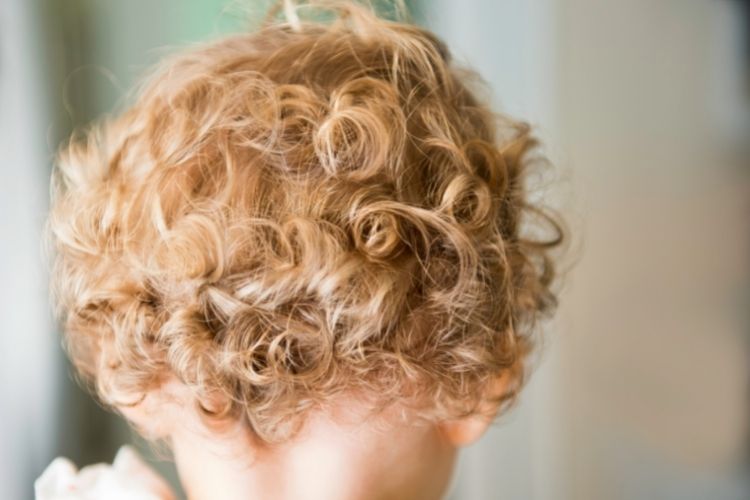
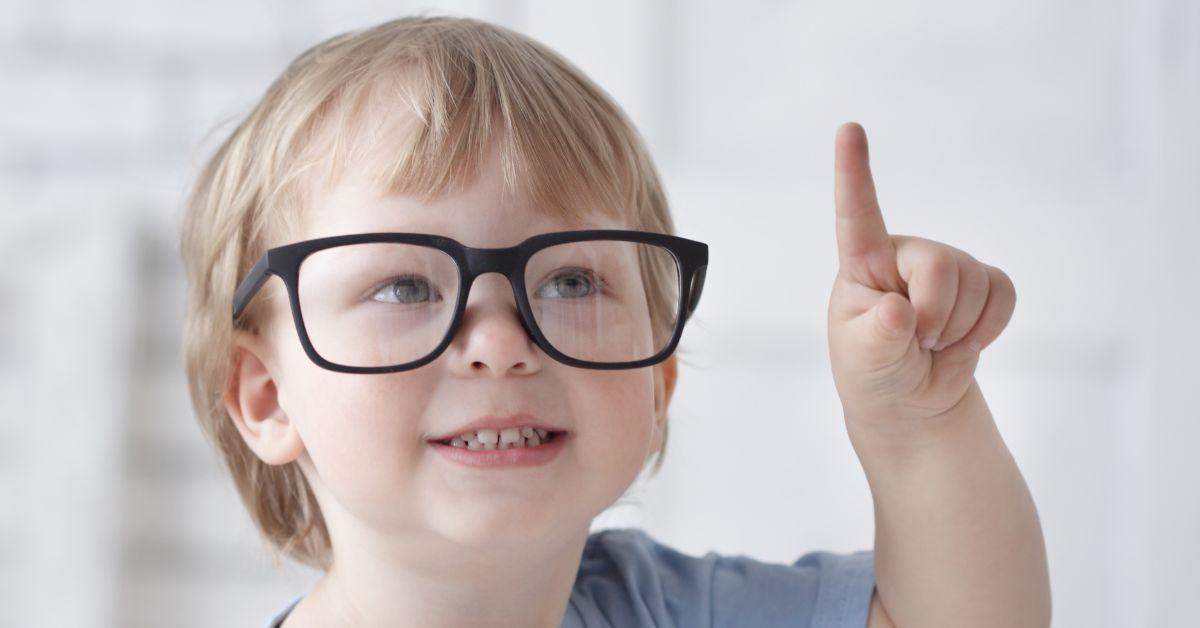
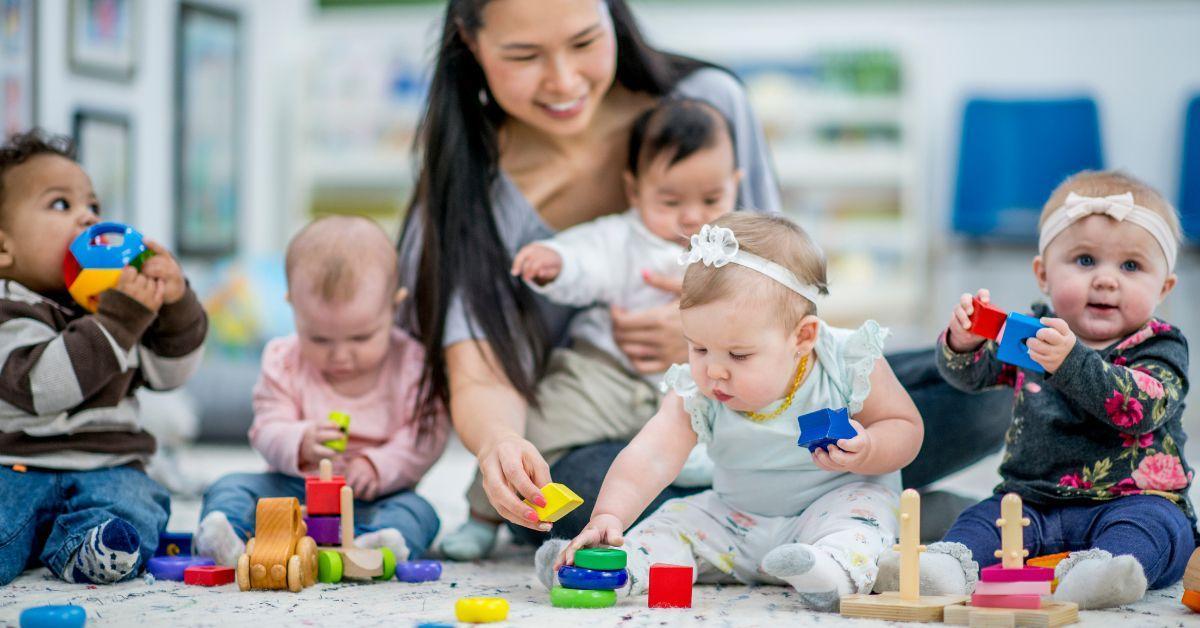
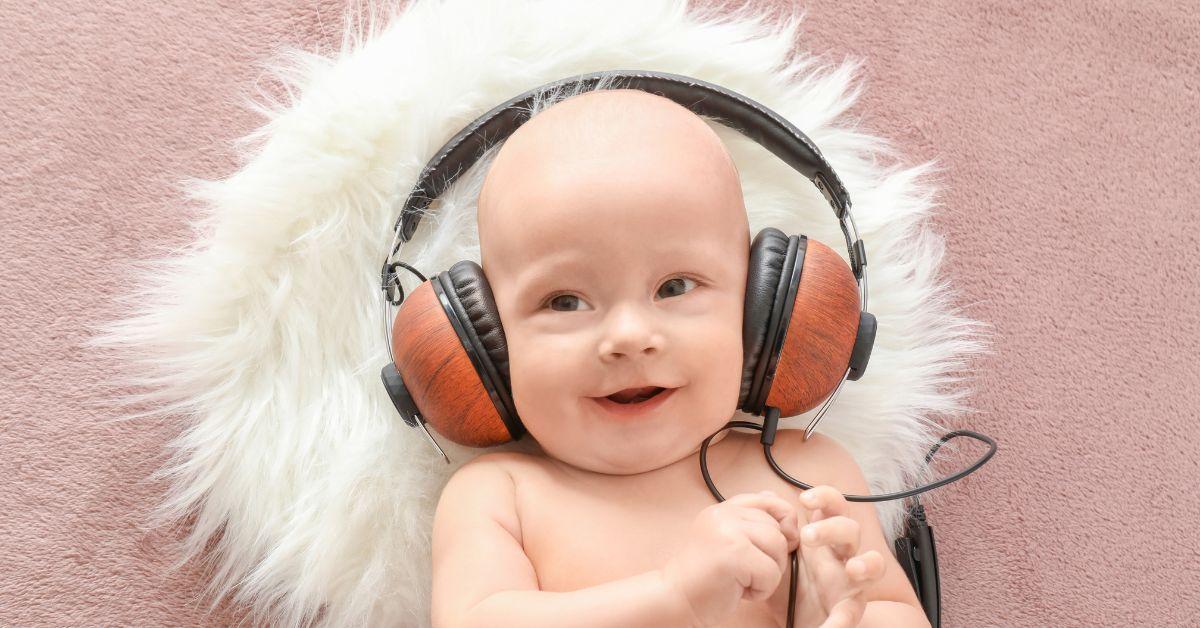
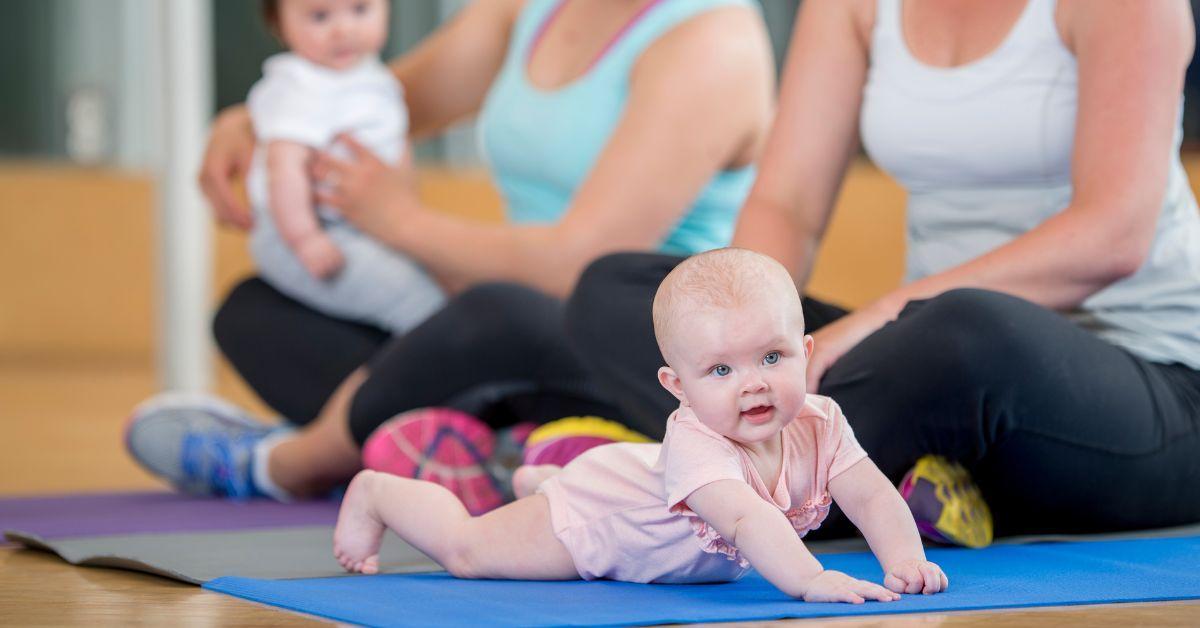
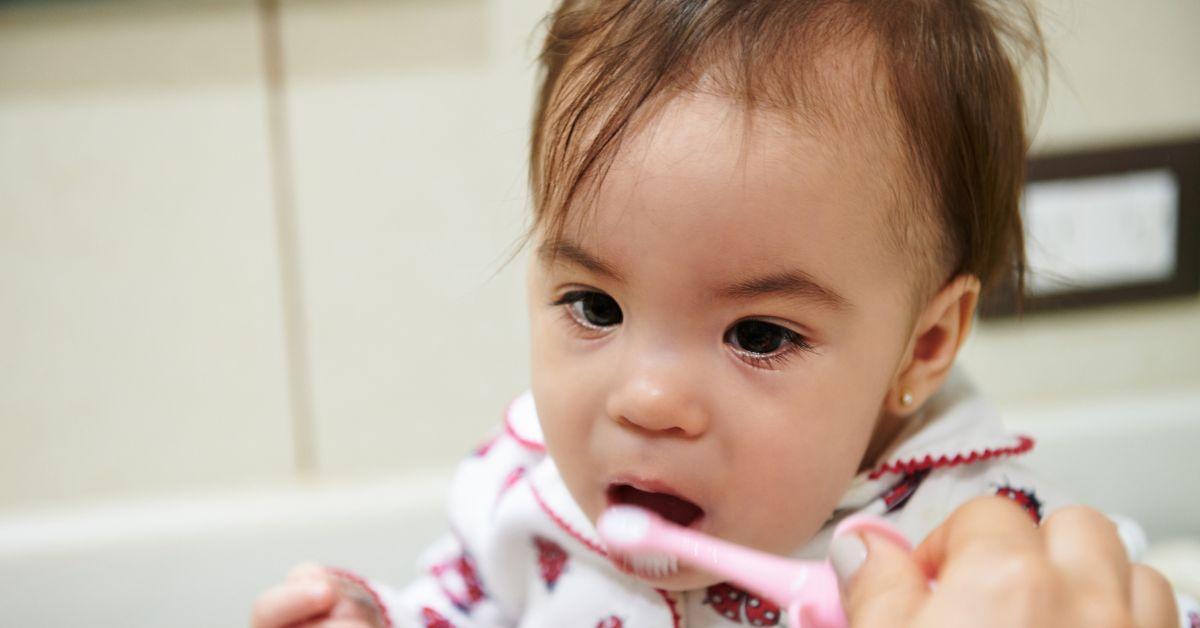
Jennifer Crowley
I'm Jennifer, a dedicated mother passionate about writing insightful blog posts. My life revolves around the joys and challenges of parenting and brings my unique perspective and experiences to writing, with a keen eye for detail and a love for storytelling. My blog is a platform for sharing parenting tips and advice and a place where I want to be with other moms and dads, offering them a sense of camaraderie in the wonderful, chaotic world of parenthood.